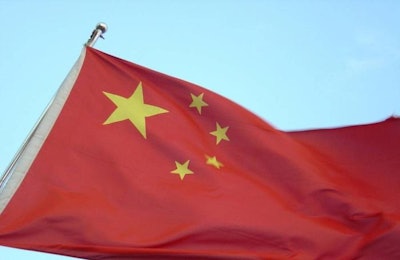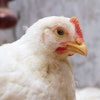
China is the second largest animal feed manufacturer in the world, and the world’s largest importer of various feed inputs, such as soybean meal. China is also the largest importer of pork. Therefore, as a key importer, China has helped the farm animal and feed sectors flourish in other parts of the world, particularly in the United States, the European Union and Brazil.
The huge devaluation of the Chinese yuan compared with the U.S. dollar is putting the brakes on imports, which means the exporting powers will have to either find other markets or slow down their production.
Furthermore, the new Chinese market-driven policy for grains, as opposed to the previous policy of self-sufficiency in grains, is affecting prices.
The avian influenza H7N9 outbreak in China, which affects humans, resulted in a 5 percent drop in broiler production. And, while pork production went up as a reaction to the poultry market, it was less than a 1 percent change.
According to the China National Grains and Oils Information Center, which is state run, 2016 saw a downturn of 0.5 percent in compound animal feed production, compared with 2015.
Asia drives animal protein production
While the poultry industry is the key driver of the feed production in the world, in Asia it is the swine industry that drives the market. The avian influenza issues in Europe and Asia at the end of 2016 gave a boost to Asian swine production.
However, the commercial poultry and pig sectors were quick to recover, which created a meat oversupply situation that now exists in China, Thailand and Indonesia.
In recent years, the dairy industry in Asia has been growing very quickly, particularly in India where there has been a great deal of internal investment.
Indonesia saw an aquaculture feed consumption in 2016 of 1.67 million metric tons, an impressive increase of 15 percent compared with 2015. Aquaculture represents 11 percent of the compound feed production in Indonesia.
In Japan in 2016, while beef production fell 5 percent from the year before, the swine industry grew by 2 percent, and the broiler industry also grew by 2 percent, which gave the overall feed industry a better than 2 percent growth in 2016.


















